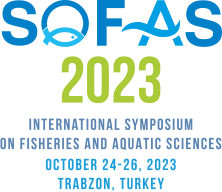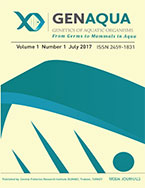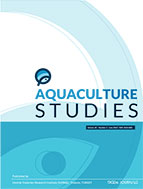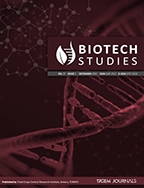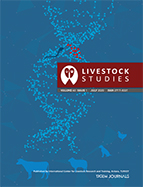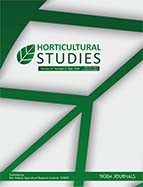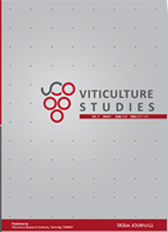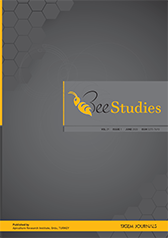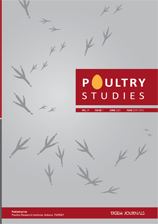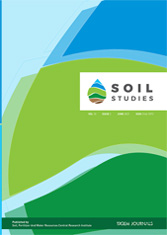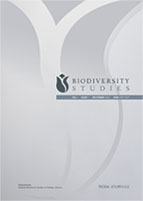Turkish Journal of Fisheries and Aquatic Sciences
2026, Vol 26, Num, 4 (Pages: TRJFAS26195)
Evaluation of Growth, Non-specific Immunity and Enzymatic Profiles of Labeo rohita After Oral Administration of Glycolipid Surfactant Infused Feeds
2 District Program Manager, Fisheries, UNDP (Collaboraton with Directorate Fisheries), Cuttack, Odisha, India, 753007
3 Siksha O Anusandhan (Deemed to be University), Faculty of Pharmaceutical Sciences, Bhubaneswar, Odisha, India ,751003
4 Siksha O Anusandhan (Deemed to be University), Centre for Biotechnology, Bhubaneswar, Odisha, India ,751003 DOI : 10.4194/TRJFAS26195 Viewed : 383 - Downloaded : 342 Rhamnolipid, a potent bioactive compound extracted from Pseudomonas sp. has multifaceted biotechnological applications. The present investigation was undertaken to evaluate the impact of surfactant (rhamnolipid) on growth, non-specific immunity and enzymatic profiles of juvenile Labeo rohita incorporating graded doses through dietary supplementation. Randomly selected rohu juveniles were subjected to comprehensive analyses encompassing blood, serum, and liver tissue evaluations to discern the effects on growth, non-specific immune parameters, enzymatic activities, and organ modulatory changes. During the feeding trial, there was a discernible increase in the activities of myeloperoxidase, bacterial haemagglutination, respiratory burst, and hemolysis. Notably, lactate dehydrogenase levels remained within normal limits even at the highest dose T3 (36.0 mg kg⁻¹ biomass day⁻¹ (4X)), suggesting no systemic toxicity. Histopathological assessment of liver tissue showed no hepatic damage across all treatment groups, further confirming the compound`s biocompatibility. Subsequent to the withdrawal period, L. rohita exhibited results in various assays comparable to those observed during the initial feeding period, underscoring the need for further in-depth investigations to elucidate the underlying mechanisms. Keywords : Rhamnolipid Labeo rohita Pseudomonas sp. Biotechnology Histopathology



